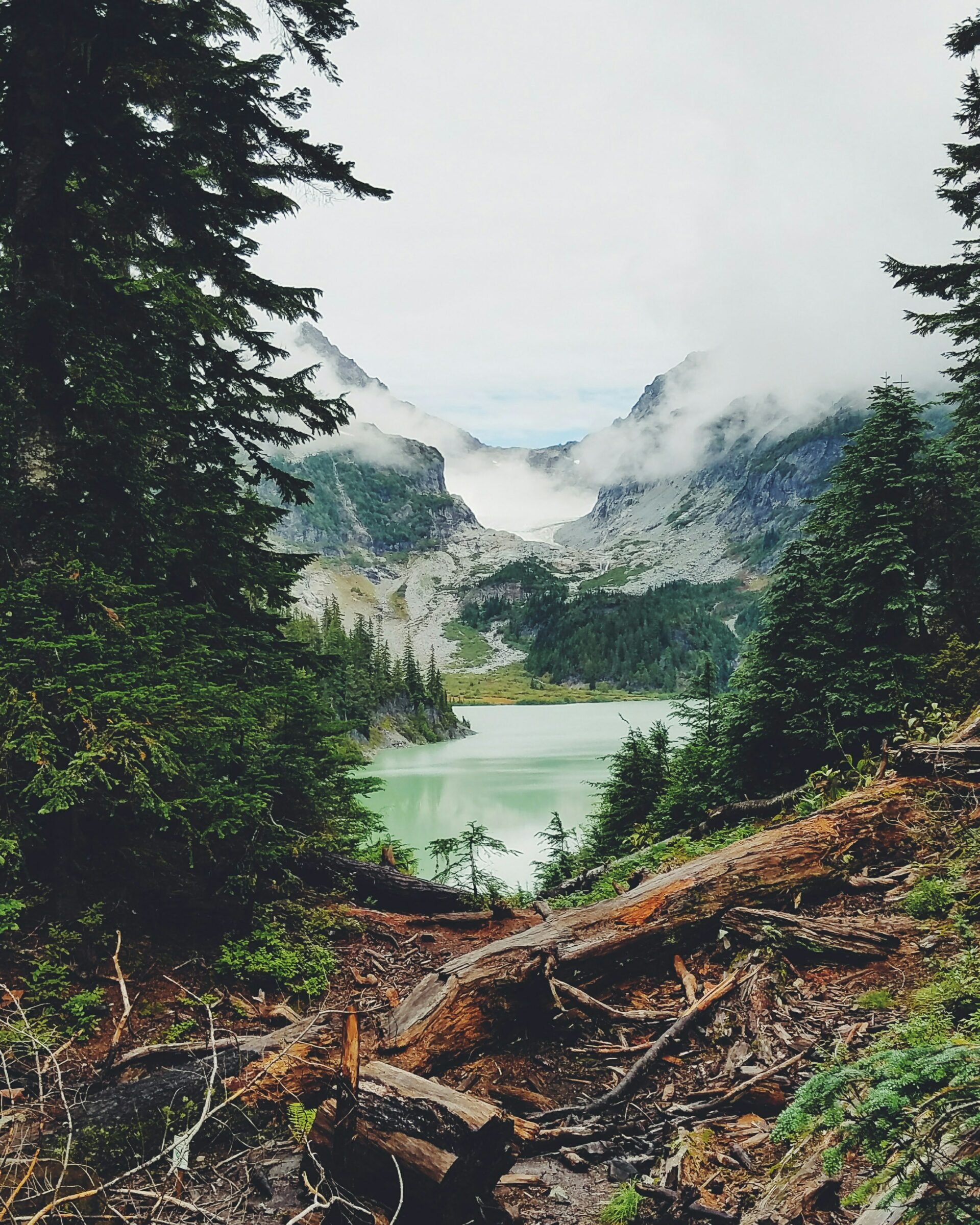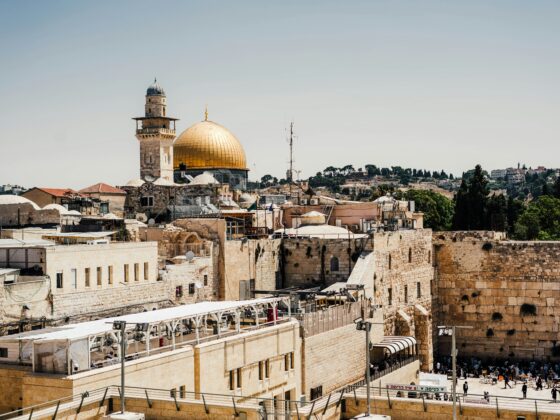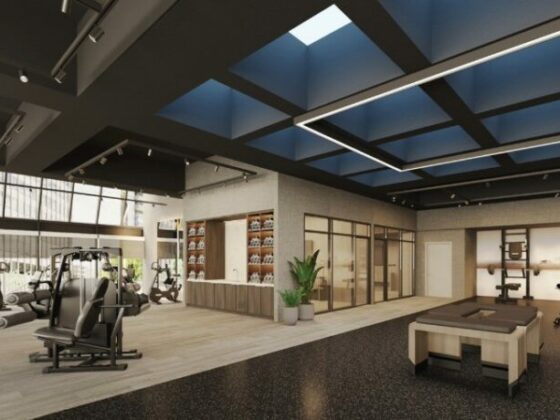There is a distinct magic in stepping outside and being instantly immersed in nature. For many travelers, the draw of the outdoors isn’t just about escaping the city or disconnecting from screens; it’s about a deeper sense of freedom, possibility, and connection.
As travel patterns evolve, hospitality brands operating near national parks and outdoor destinations are uniquely positioned to shape how people engage with the natural world. What was once a niche offering, has become one of the most dynamic and in-demand sectors in travel, fueled by the rising appetite for meaningful, adventure-driven experiences. As more travelers prioritize wellness, mental health and purpose-driven travel, these destinations are increasingly seen not only as escapes, but as opportunities for growth and restoration.
This ever-growing demand and shift invites us as developers and operators to reconsider what it means to build up destinations near protected lands and scenic corridors. How can the guest experience be enhanced without overwhelming the environment? How can we deliver more access while remaining authentic and staying true to the outdoor-centric experience?
In this new era, hospitality brands are no longer just peripheral players. They have become a central part of how travelers experience the outdoors, setting the tone for the entire journey. When executed thoughtfully, it becomes more than accommodation; it becomes part of the story, part of the connection, and part of the reason why guests return.
Understanding the Modern Outdoor Traveler
The outdoor traveler today is diverse, discerning, and values-driven. They span across young professionals seeking weekend adventures, families wanting to unplug, digital nomads exploring new environments, and seasoned explorers looking for quieter or undiscovered paths. What unites them is a desire for immersive, intentional experiences that bring them closer to nature without sacrificing comfort or design.
These types of guests are not interested in generic accommodations or mass-market experiences. Instead, they are drawn to properties that reflect a sense of place, that tell a story, and that engage mindfully with the local community and environment. They appreciate good design and expect to stay effortlessly connected, no matter how far they are from the nearest city.
What’s also changed is the expectation that hospitality supports their personal wellness on a mental, physical, and emotional level. Guests want to leave feeling better than when they arrived, often because they were able to reconnect with nature and themselves in impactful ways.
Meeting guest expectations goes beyond the location; it’s about providing a sense of purpose in every aspect of the stay.
— Photo by Waterton
Maximizing Seasonality in Outdoor Destinations
While summer and winter have traditionally shaped travel patterns in outdoor destinations, there is increasing value in approaching seasonality with a broader perspective. Brands have the opportunity to capitalize not only on peak periods, but also on the quieter shoulder seasons. Each time of year brings distinct opportunities to engage different types of travelers and cultivate lasting appeal throughout the calendar.
Thinking seasonally is not just a revenue strategy – it’s a way to remain relevant and resonant with today’s ever-curious traveler.
Peak periods offer heightened visibility and strong revenue potential, making it critical to provide memorable guest experiences that foster loyalty and garner buzz throughout guests and communities. Meanwhile, the shoulder seasons present a chance to sustain demand, support property employment, and strengthen ties with the local community.
Attracting guests during these transitional periods requires intentionality and creativity. Compelling programming, adaptable booking policies, and strategic offers can help encourage midweek visits or extended stays. Experiences like fall foliage hikes, spring wildflower tours, harvest inspired dining, and wellness retreats provide peaceful, reflective alternatives for travelers seeking something beyond the peak season rush.
As traveler expectations shift toward year-round exploration, leaning into the full rhythm of the seasons empowers destinations to build a more dynamic, enduring hospitality experience.
Emphasizing Experience Over Excess
Hospitality in outdoor-forward destinations should prioritize simplicity and intentionality. That doesn’t mean sparse or minimalist – it means being thoughtful and authentic. Guests are looking for meaningful interactions, both with the environment and with each other.
Programming can play a major role here as well. Guided hikes, fireside talks, local food tastings, artist residencies, and yoga on the lawn are just a few ways to deepen a guest’s connection to a place. In these settings, luxury is redefined, not by opulence, but through care, craftsmanship, and a strong sense of context.
In natural and outdoor-focused settings, overly designed or excessively upscale properties can often feel out of place. The most successful outdoor hospitality strikes a balance between comfort, aesthetics, and functionality. This often involves choosing materials that weather beautifully over time, incorporating furnishings that are both stylish and built to last, and designing spaces that offer moments of quiet retreat as well as opportunities for connection.
Designing for Context, Not Just Comfort
Building properties near national parks and outdoor destinations brings incredible opportunities alongside significant responsibilities. These areas feature delicate and highly valued environments, seasonal infrastructure, and tightly knit local communities. Successful hospitality development in these destinations requires a deep understanding of the broader ecosystem, including ecological, economic, and cultural aspects.
Rather than imposing a new brand identity onto a location, brands should allow the destination to guide, shape, and inspire their identity. This place-based approach fosters authenticity and creates stronger connections with both the environment and the community. Partnering with local architects and artisans, repurposing existing structures, and sourcing regional materials are just a few ways to embed a project meaningfully within its surroundings.
Designing for outdoor travelers means supporting the unique needs of both visitors and locals. Gear storage, communal gathering spaces for post-adventure connection, and wellness amenities such as saunas or plunge pools to support recovery following a day of activities are important. It also involves creating significant partnerships with local vendors and outfitters to offer rentals, guided excursions, and immersive offsite experiences that connect the brand as well as guests more deeply with the community. The goal is to strategically serve the likes of outdoor enthusiasts such as hikers, bikers, climbers, and skiers, to name a few, without over commercializing the experience.
Case Study: Gateway Towns as Anchors for Experience
Gateway towns offer strong models for how hospitality can grow in harmony with its setting. Once a quiet Western town, Jackson Hole has transformed into a vibrant year-round outdoor hub serving Grand Teton and Yellowstone National Parks. But what really makes Jackson Hole stand out isn’t just its location. It’s the thoughtful way the hospitality scene has developed. Lodges and boutique hotels are designed with mountain aesthetics, integrate local materials, and collaborate with community organizations. The dining and cultural offerings add to the park experience without trying to replace it.
Moab, Utah, just outside Arches and Canyonlands National Parks, has taken a similar approach. The town leans into community-based tourism with local outfitters, nature centers, and eco-certified places to stay. In both Jackson Hole and Moab, hospitality has grown in a way that respects the land and the people who live there.
Asheville, North Carolina offers a compelling parallel. Despite severe damage from Hurricane Helene in 2024, the city’s arts, culinary, and hospitality sectors rallied through community-led efforts, from fundraisers to grassroots support for local businesses in the River Arts District and downtown. This is a testament to how tourism and local identity can work together. These towns show that tourism does not have to come at the cost of character; it can actually help protect it.
When hospitality development is grounded in community and culture, the destination becomes stronger and more resilient.
Navigating Regulatory and Infrastructure Challenges
Developing near national parks and outdoor destinations comes with a unique set of challenges. Land use regulations, zoning requirements, environmental impact assessments, and community input processes can be complex and time-consuming. Infrastructure constraints, including water supply, sewage systems, and internet access, can also add layers of difficulty.
Success in this space takes more than patience and capital. It requires true collaboration. Building strong relationships with city officials, park authorities, and community leaders is essential. A transparent approach, consistent communication, and a focus on long-term value rather than short-term gain are key to earning trust and ensuring that development benefits both visitors and the local community.
Looking Ahead: The Future of Outdoor Hospitality
The demand for nature-connected experiences shows no signs of slowing down. As climate change, urbanization, and digital fatigue shape the way people think about travel, destinations that offer space, quiet, and rejuvenation will become even more valuable. Hospitality brands that understand how to balance access with preservation, and comfort with conscience, will be best positioned to thrive.
Looking ahead, expect technology and AI to play a larger role in facilitating outdoor hospitality experiences, from mobile check-in and online generated itineraries to smart room features that minimize energy use. But the heart of the experience will always be human: warm, authentic hospitality that no innovation can replicate, and the true differentiator that endures.
The opportunity is not just to host guests, but to invite them into something bigger – a shared commitment to caring for the places we all cherish.
Ultimately, hospitality at the gateway to nature isn’t about extracting value from beautiful places. It’s about contributing to them. When done well, these projects can amplify the beauty of the outdoors, offering guests not just a comfortable stay, but a transformative experience – one that deepens their connection to nature and to themselves.
Reprinted from the Hotel Business Review with permission from www.HotelExecutive.com.











